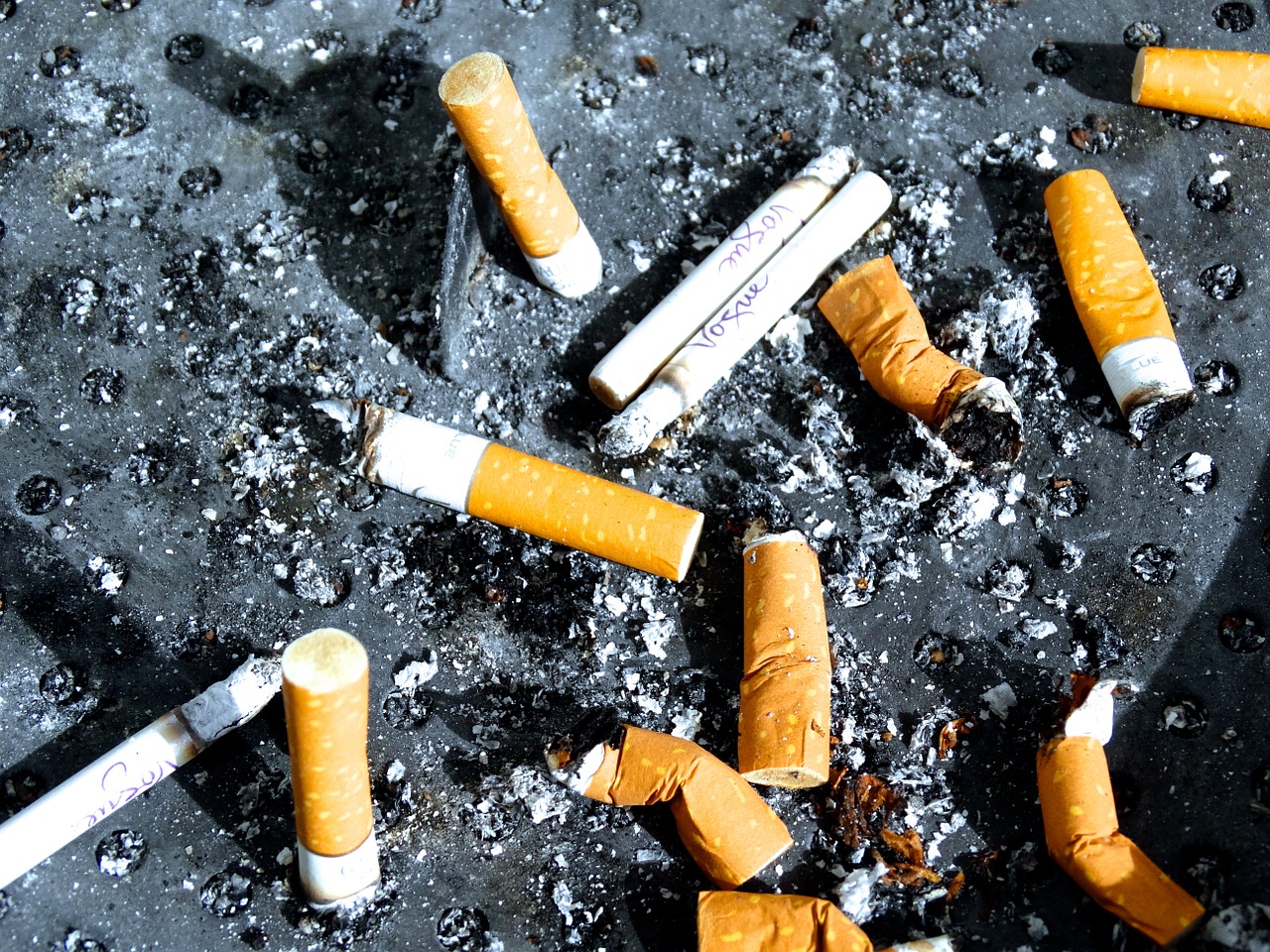
The Long Term Effects of Smoking: Pervasive Health Hazards
Introduction
Smoking, once glamorized and prevalent, has evolved from a socially accepted habit to a well-established public health concern. The long-term effects of smoking on the human body are extensive and severe, affecting various organ systems and increasing the risk of life-threatening diseases. This article aims to shed light on the enduring consequences of smoking, emphasizing the importance of quitting to mitigate the associated health risks.
Long Term Effects of Smoking:
I. Respiratory System
-
Chronic Obstructive Pulmonary Disease (COPD)
Long-term smoking is a leading cause of COPD, a group of progressive lung diseases that include chronic bronchitis and emphysema. The inhalation of tobacco smoke damages the airways and alveoli, leading to persistent coughing, difficulty breathing, and reduced lung function. COPD is irreversible and significantly impairs the quality of life for affected individuals.
-
Lung Cancer
Perhaps the most widely recognized consequence of smoking is the elevated risk of lung cancer. Tobacco smoke contains carcinogens that cause genetic mutations in lung cells, leading to the uncontrolled growth of malignant tumors. Lung cancer is often diagnosed at advanced stages, making it challenging to treat, and has a high mortality rate.
-
Respiratory Infections
Smoking weakens the immune system’s ability to fight infections, making smokers more susceptible to respiratory infections such as pneumonia and bronchitis. The damage to the respiratory tract’s cilia, hair-like structures that help clear mucus and debris, impairs the body’s natural defense mechanisms.
II. Cardiovascular System
-
Atherosclerosis
Smoking contributes to the development of atherosclerosis, a condition characterized by the buildup of fatty deposits (plaque) on the inner walls of arteries. This narrows the arteries and restricts blood flow, increasing the risk of heart attacks and strokes. Atherosclerosis is a progressive condition that worsens over time, emphasizing the importance of smoking cessation for cardiovascular health.
-
Coronary Heart Disease (CHD)
The combination of atherosclerosis and other detrimental effects of smoking on the cardiovascular system significantly raises the risk of coronary heart disease. CHD occurs when the blood vessels supplying the heart muscle become narrowed or blocked, leading to chest pain (angina) and, in severe cases, heart attacks.
-
Peripheral Artery Disease (PAD)
Smoking also contributes to the development of peripheral artery disease, which involves the narrowing of blood vessels outside the heart and brain. PAD commonly affects the arteries in the legs, causing pain, reduced mobility, and an increased risk of infections and ulcers.
III. Cancer Risk
-
Beyond the Lungs: Smoking-Related Cancers
While lung cancer is the most prevalent, smoking is associated with a heightened risk of various other cancers. These include cancers of the mouth, throat, esophagus, pancreas, bladder, kidney, and cervix. The carcinogens in tobacco smoke can affect multiple organs, emphasizing the pervasive nature of smoking-related cancer risks.
-
Secondhand Smoke and Cancer
The dangers of smoking extend beyond the smoker. Secondhand smoke exposure, also known as passive smoking or environmental tobacco smoke, is linked to an increased risk of lung cancer in nonsmokers. Children exposed to secondhand smoke are at a higher risk of sudden infant death syndrome (SIDS), respiratory infections, and developmental issues.
IV. Reproductive Health
-
Infertility and Pregnancy Complications
Smoking adversely affects reproductive health, contributing to infertility in both men and women. Female smokers face an increased risk of miscarriage, preterm birth, and complications during pregnancy. In men, smoking is linked to a decline in sperm count, motility, and overall fertility.
-
Birth Defects
Prenatal exposure to tobacco smoke is associated with an elevated risk of birth defects in infants. Complications such as cleft lip and palate, limb abnormalities, and developmental issues may arise due to the toxic substances present in cigarette smoke.
V. Aging and Skin Health
-
Premature Aging
Smoking accelerates the aging process, leading to premature wrinkles, sagging skin, and a dull complexion. The repetitive facial movements associated with smoking, such as pursing the lips and squinting, contribute to the formation of wrinkles. The reduced blood flow to the skin also hinders its ability to repair and regenerate.
-
Skin Cancer
The association between smoking and an increased risk of skin cancer has been established. Squamous cell carcinoma, a type of skin cancer, is more prevalent among smokers. The carcinogens in tobacco smoke, along with the overall impact on the immune system, contribute to the development of skin cancers.
VI. Mental Health
-
Addiction and Dependence
Nicotine, a highly addictive substance found in tobacco, is a central component of cigarette smoking. Long-term smoking often leads to nicotine dependence, making it challenging for individuals to quit. The addictive nature of nicotine contributes to the persistence of the habit despite awareness of its detrimental health effects.
-
Mental Health Disorders
Studies suggest a correlation between smoking and mental health disorders, including depression, anxiety, and an increased risk of developing psychiatric conditions. While the exact mechanisms are complex and multifaceted, the impact of nicotine on neurotransmitters and the psychological aspects of smoking play a role in mental health outcomes.
VII. Financial and Social Implications
-
Economic Burden
The long-term financial toll of smoking extends beyond the cost of cigarettes. Smokers often face increased healthcare expenses due to the treatment of smoking-related illnesses. Moreover, lost productivity and potential income reduction due to health-related issues contribute to the economic burden of smoking.
-
Social Isolation
As societal attitudes towards smoking shift and awareness of its health consequences grows, smokers may experience social isolation. Smoking bans in public places, the stigma associated with the habit, and changing social norms can lead to feelings of exclusion and isolation among smokers.
Conclusion
The long-term effects of smoking permeate nearly every aspect of health, impacting the respiratory, cardiovascular, reproductive, and mental health of individuals. The pervasive risks associated with smoking underline the urgency of adopting tobacco cessation strategies to mitigate these detrimental consequences. Quitting smoking is a crucial step towards improving overall health, enhancing quality of life, and reducing the burden on healthcare systems worldwide. Awareness, education, and support for smoking cessation are essential elements in the collective effort to combat the enduring health hazards posed by this widespread habit.


